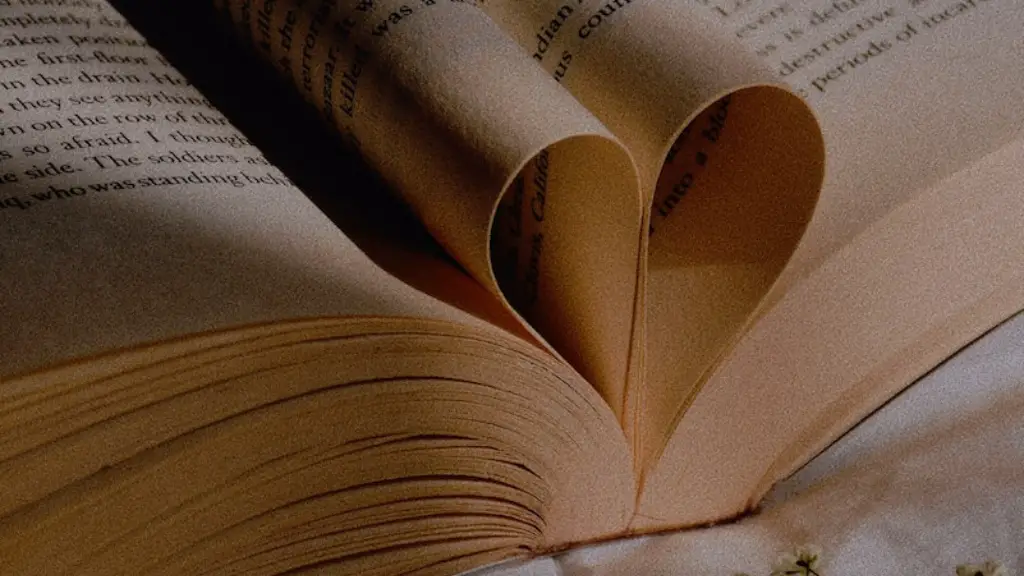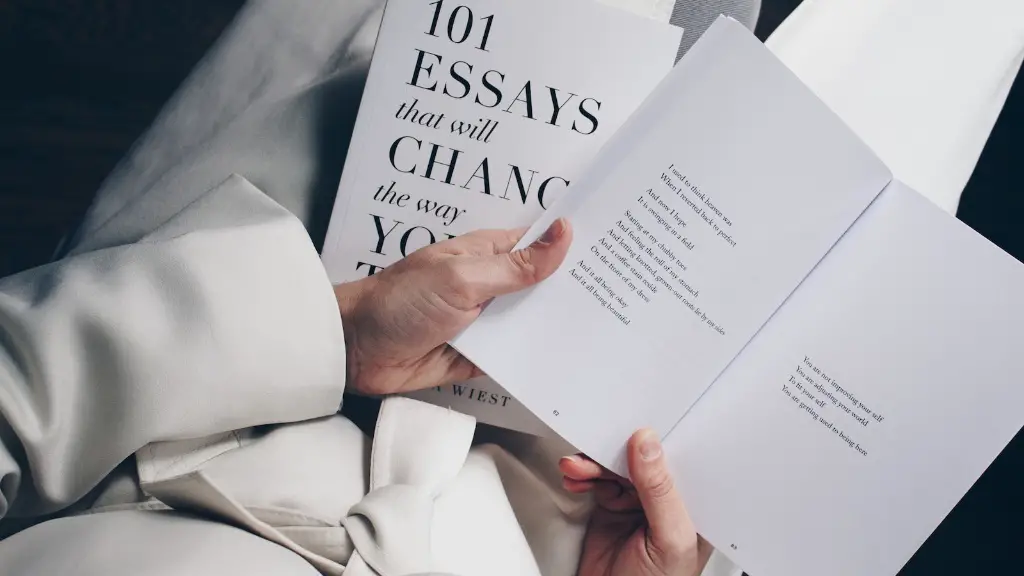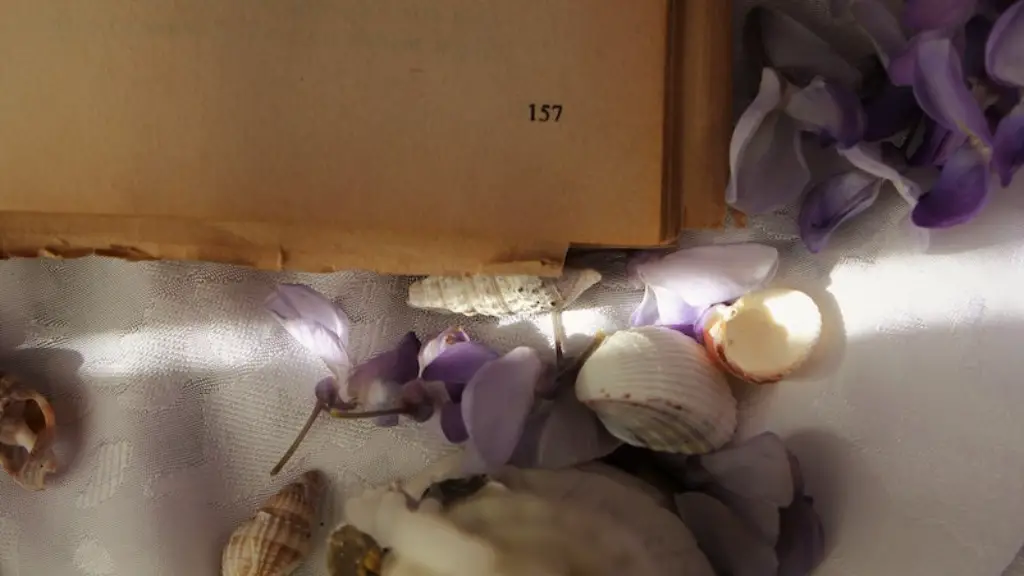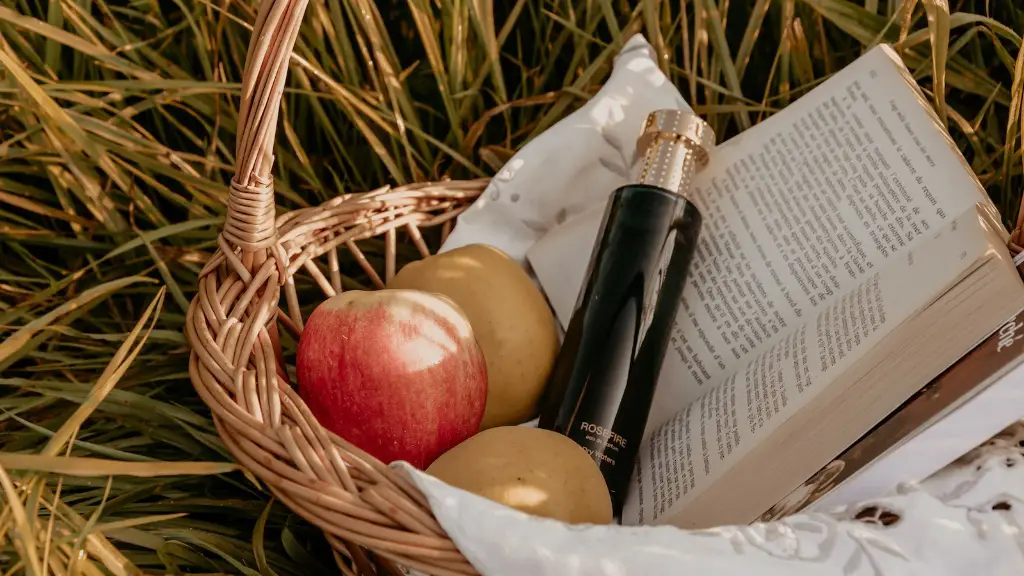Lyric poetry is one of the oldest and most influential forms of poetry. It dates back to ancient Greece and encompasses a variety of poetic forms and styles, from the simplicity of Japanese haiku to the ornate sophistication of Elizabethan sonnets. While the form can be versatile and elaborate, lyric poetry is rooted in its simplest element: the song.
At its core, lyric poetry is essentially a song without instrumental accompaniment. The poet creates a poem with an emotional depth that can capture the listener in its lyrical beauty. The poem is also spoken or sung, rather than merely recited, providing added weight and impact. Traditional lyric poetry is often rhyme-based, although contemporary lyricists often break with this tradition and use freestyle verse or a combination of traditional and modern poetic forms.
The power of lyric poetry lies in its capacity to express emotion and to deeply connect with listeners on an emotional level. It is this emotional connection which allows lyric poetry to transcend time and culture. This timeless quality is what makes lyric poetry a powerful form of artistic expression. By expressing powerful emotions through carefully chosen words and images, lyricists can connect with a wide array of listeners, regardless of the language they speak or their cultural background.
The impact of lyric poetry is such that it can be effective even when set to minimalistic music. This is because the words themselves are powerful enough to draw listeners into the story being told, regardless of the musical accompaniment. A well-crafted lyric poem can evoke strong emotions and transport the listener to a different world of feelings, imagery and imagination. Even when conveyed through a simple melody, the power of the words remain.
The beauty of lyric poetry lies in its ability to connect with listeners on an emotional level. For example, a listener might not know all the words to a piece of lyric poetry, yet still feel the poet’s feelings through powerful words and imagery. Lyric poetry can also provide insight into the thought and feelings of the poet, allowing for a greater understanding of the message being conveyed. Additionally, because lyric poetry does not require a deep knowledge of poetic tradition, it can be a great entryway for those new to the form.
Inspiration for lyric poetry can come from anywhere, from personal experiences to observations of the world around us. By capturing our thoughts and feelings and blending them with artful words and phrases, lyricism can help us to better understand and express our emotions. This in turn can lead to greater insight and understanding and eventually, personal growth and development.
Rhymes and Meters
Rhymes and meters are widely used in lyric poetry and can be a powerful tool for expressing emotion. Rhyme can add a certain musicality to a piece, as certain words and syllables become linked and tied inextricably together. This musical quality can greatly enhance the emotional impact of the poem and make it easier for listeners to connect with the sentiment of the poem.
Meters can also be used in lyric poetry to give the poem a sense of rhythm, making it easier for the poem to flow from one line to another. This allows the poet to emphasize certain words or ideas, creating a rhythm that can draw the listener in and add a tangible vibrancy to the poem. This can be especially effective when the poet wishes to convey a strong emotion, as the meter will heighten the emotional impact of the poem.
The Poet’s Voice
The poet’s voice is an essential element of lyric poetry and is what gives the poem its power. The poet has the unique ability to create a unique sound and tone to their words, which can be crafted to fit various themes and topics. This allows the poet to capture the attention of the listener, creating a connection and providing an emotional platform on which to build.
The heartfelt words of the poet imbue the poem with tangible feelings and concepts that can relate to many aspects of life. It is this power of the poet’s voice that makes lyric poetry so powerful and enduring. By capturing emotions and providing powerful images to the reader, lyricists can help to evoke deep understanding and connection.
Innovative Approaches to Lyric Writing
As lyric poetry has evolved over time, poets have adopted a variety of different approaches. These include post-modernism, stream-of-consciousness, stream-of-thought and improvisational writing. These innovative approaches to lyric writing have enabled poets to explore new realms of expression and create powerful pieces of lyric poetry that reflect the complexities and nuances of modern life.
Innovative approaches also allow poets to challenge traditional norms and break down conventional boundaries of communication. For example, poets can incorporate ideas or concepts from multiple genres or incorporate techniques from other forms of expression such as visual art and music. By taking a creative approach to lyric writing, poets can craft sophisticated works of art that can bring new insights, emotions and understanding to the listener.
The Art of Lyric Writing
Writing lyrics is not simply a matter of stringing words together. It is an art that requires thought, creativity and an understanding of how words and language can be used to express emotion. By mastering the craft of lyric writing, the poet can create powerful pieces of poetry that can speak directly to the listener and touch upon the complexities of the human experience.
When writing lyrics, it is important to focus on the intention behind the words. The poet should be mindful of the message they wish to convey and strive keep it consistent throughout the poem. Another important aspect of lyric writing to consider is the use of images and metaphors. These can be used to create depth and understanding and to increase the impact of the poem.
Finally, the writer should strive to achieve a balance of emotion and meaning. The poem should capture the listener with its beautiful music and language, while still containing a deeper meaning and insight. By creating this balance between emotion and understanding, the writer can develop a powerful piece of lyric poetry that can move and inspire the listener.
The Intersection of Poetry and Music
One of the most dynamic aspects of lyric poetry is its connection to music. Music is often a necessary part of the lyric poetry equation and can greatly enhance the emotional impact of a poem. The poet can use music to drive the poem’s rhythm, create a variety of different tones and moods and even add narrative elements. By relying on music to draw the listener in, the poet can create a multi-faceted experience that can leave a lasting impression.
In addition to strengthening the emotional impact of the poem, the connection between lyric poetry and music can also offer a unique way to relate to the listener. By combining the emotion of words with the power of music, lyricists can create a feeling of unity and understanding and create a sense of connection with the listener.
The marriage of lyric poetry and music is one of the oldest and most enduring forms of artistic expression. By mastering the intersection of poetry and music, lyricists can captivate their listeners, evoke strong feelings and create powerful narratives with the power of words and music.
The Impact of Pop Culture on Lyric Writing
Pop culture has had a huge influence on lyric writing and has given rise to a new generation of lyricists. Many of today’s lyricists take influence from popular culture, incorporating ideas, influences and trends into their work. By drawing inspiration from pop culture, lyricists can create works that resonate with the current zeitgeist and connect with a wide range of listeners.
The influence of pop culture can also bring fresh perspectives on traditional lyric poetry. This can be seen in the various mixtures of styles and genres, such as rap and ballad, which have become increasingly popular in recent years. By combining different styles and influences, lyricists can create new and exciting works that appeal to a broad audience.
Ultimately, the influence of pop culture has provided an outlet for lyricists to express their ideas and passions in new and exciting ways. The blending of different styles and genres has opened up a world of possibilities for lyric poets, allowing them to create powerful and meaningful works that can touch their listeners on a profound level.
The Power of Lyric Poetry
Through its versatility and its ability to capture emotion, lyric poetry has become one of the most influential and beloved forms of poetic expression. In the hands of a gifted lyricist, words can become weapons of mass understanding, evoking deep emotions and unlocking new levels of understanding and connection.
At its core, lyric poetry is a form of communication, and like any other form of communication, its power lies in its ability to express emotion and meaning. By combining craft and passion with an understanding of language and an imaginative approach to storytelling, lyricists can craft powerful works of art that can profoundly touch their listeners.
No matter the genre, no matter the topic, lyric poetry has the power to move and inspire. Through its universality, its timelessness and its emotionally charged words, lyric poetry has the ability to captivate its reader and to elevate our understanding of the human experience.





